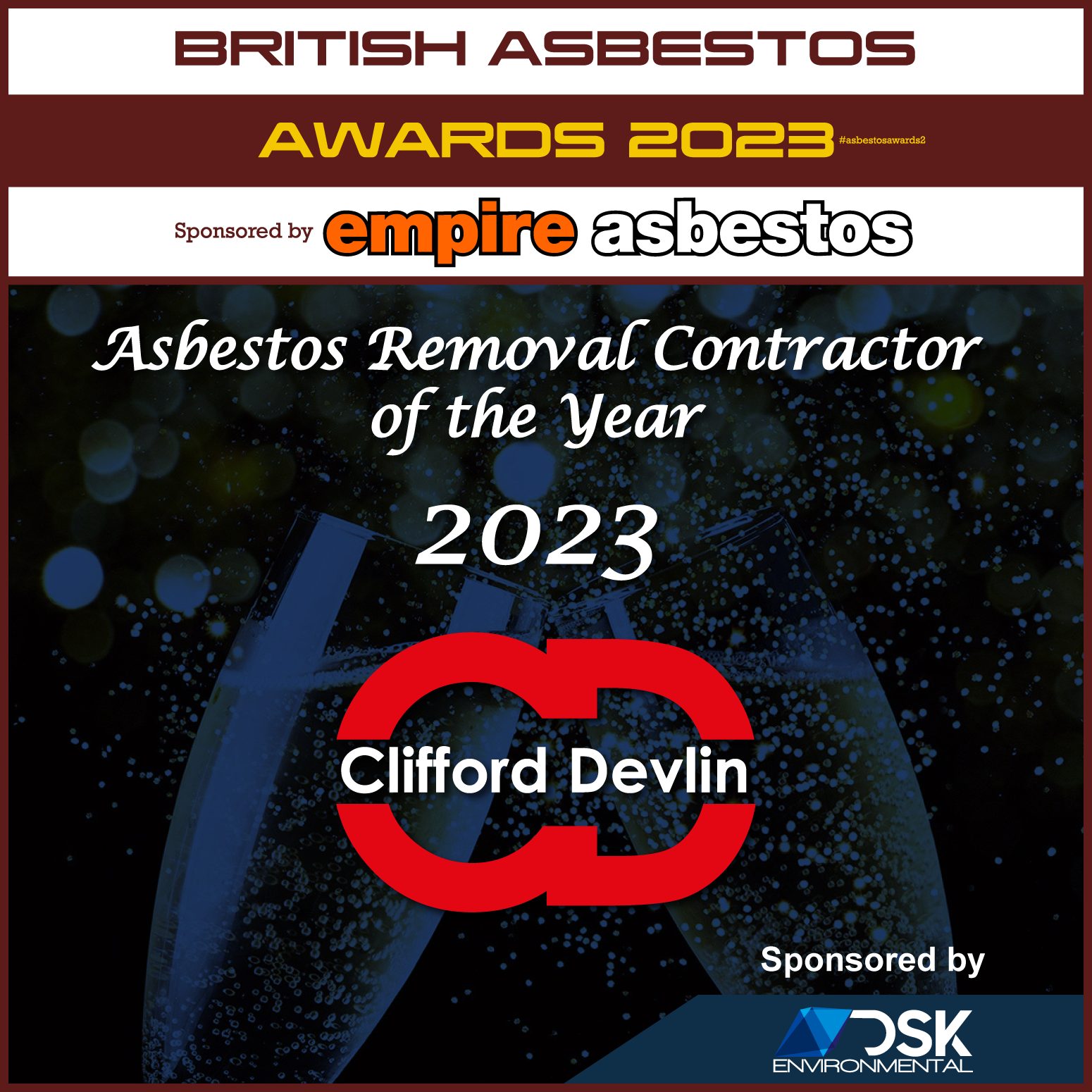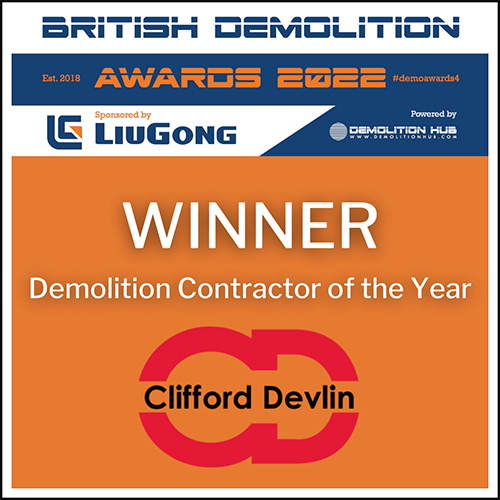Our experience of working in inner-city locations which present the dual challenges of lack of space and the proximity to ‘sensitive receptors’ such as pedestrians, travellers, live offices, traffic and residents means we have developed sophisticated systems to control emissions of dust, noise and vibration.
Where possible we employ low impact, non-percussive equipment such as excavators fitted with ‘muncher’, ‘pulversiser’ and ‘cracker’ attachments. These emit far less noise and vibration than more traditional demolition techniques. When severing and removing large concrete structures, such as floor slabs and foundations, we typically use diamond drilling or saw cutting – specialist techniques that emit far less vibration.
Buildings are typically scaffolded and covered in a tough polythene sheeting which will contain emissions of dust or debris which is also suppressed at source by ‘damping the works’ i.e. applying a water spray to the workface using special air/water blowing machinery that forms a mist minimising the dispersal of air-borne particles.
In inner-city locations we are typically obliged to keep emissions levels close to adjacent buildings to within acceptable limits:
- Noise not exceeding 75 decibels over a 10 hour time period
- Vibration should be no more than 25 mm per second peak particle velocity
- PM10 Airborne Dust particles – less than 100 micrograms per cubic metre
To verify that we are keeping within the “acceptable limits” we monitor emissions throughout the duration of projects by taking regular readings using air, noise and vibration meters.




